Birds that are Hard to Find… For Some Reason!
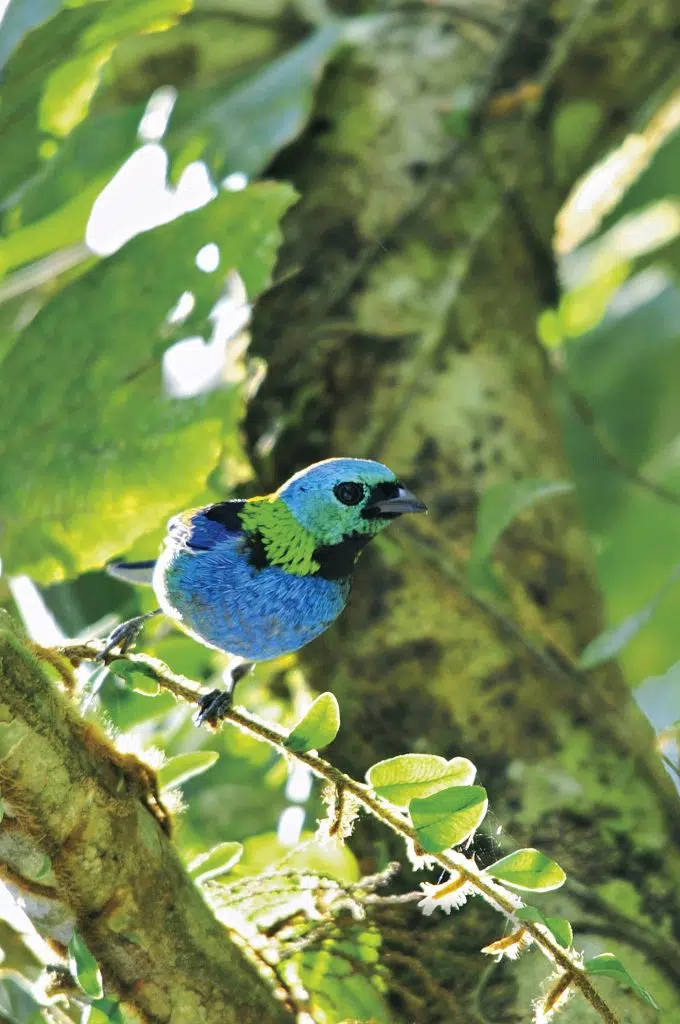
Birdwatching can be enjoyed by anyone; however, to observe birds, you must first find them... as HIH Princess Takamado, BirdLife International's Patron, explains.
“Through the Lens” Fujingahou Magazine, August 2024
Photos and text by HIH Princess Takamado
Photo edited by Koichi Fujiwara(NATURE’S PLANET)
Edited by Yuki Masuda (Fujingahou)
Birdwatching can be enjoyed by anyone; you don’t have to be an expert to go outdoors and observe birds in a casual manner. Many people enjoy this hobby, and I am one of them. However, to observe birds, you must first find them. The seasons when birds vocalise regularly are fine, but other times of the year are more difficult than one might think. Therefore, I have selected photos from the viewpoint of ‘hard-to-find’ birds.

13.5cm
FAMILY: Thraupidae
This species inhabits forests and parks along the coast of south-eastern Brazil, south-eastern Paraguay, and north-eastern Argentina. The photo shows a male; females are similar but have a duller plumage. They are gregarious, living in flocks of roughly 10 birds. Their staple food is fruit.
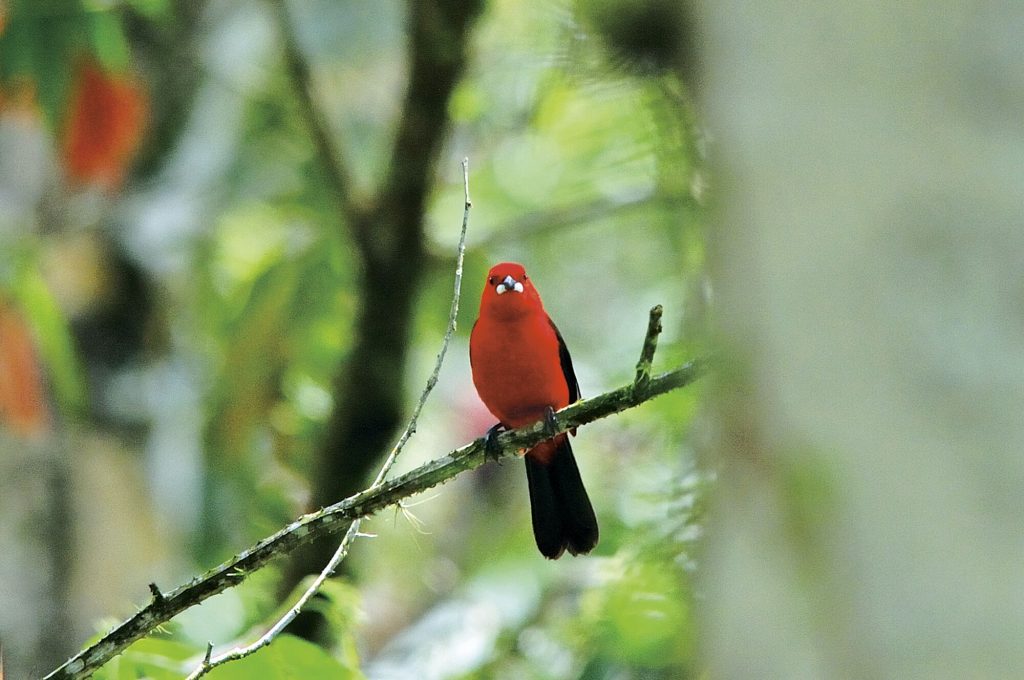
19cm
FAMILY: Thraupidae
As its common name suggests, these birds inhabit the coastal forests of south-eastern Brazil but are also distributed in north-eastern Argentina in enclaves. They are found in sparse forests, forest margins, thickets, scrub and secondary shrubland. The photo shows a male. The female is light brown overall with a reddish underside and rump.
Let’s start with brightly coloured Brazilian birds. The first bird is a Green-headed Tanager, and the second is a Brazilian Tanager. Brazilian forests are densely populated with quite tall trees, and the light is intense, unlike the komorebi phenomenon of ‘sunlight through the trees’ we imagine in Japan. For this reason, the appearance of the Green-headed Tanager brings to mind this dappled effect of light filtering through the leaves and could be considered a Brazilian version of the effect. The Brazilian Tanager is mistaken for the red flower in the photo at the left rear; despite both being flamboyantly coloured, I could not find them until they moved.
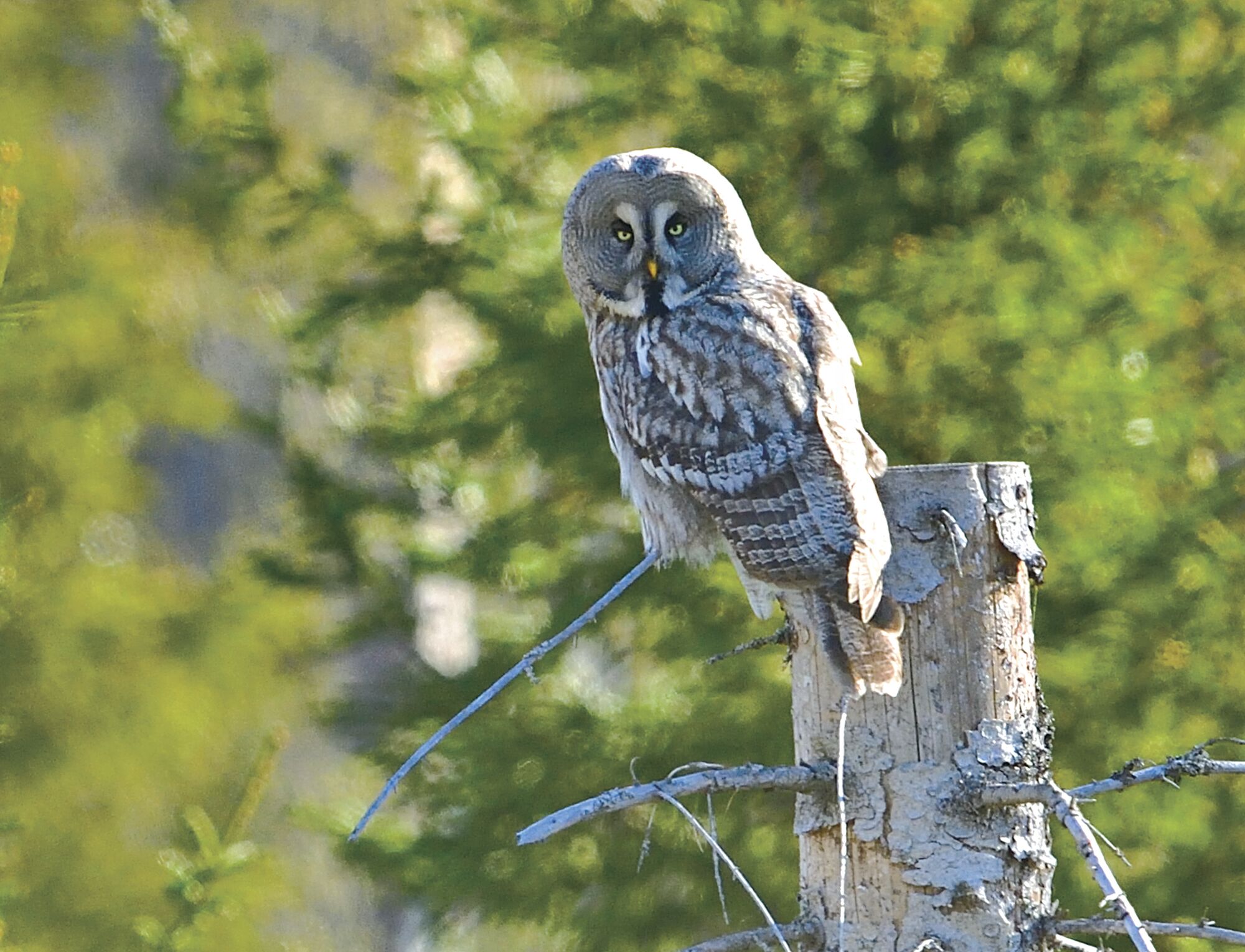
61-84cm
FAMILY: Strigidae
One of the largest owl species in the world, the Great Grey Owl inhabits subarctic coniferous forests in northern North America and northern Eurasia from Sweden to Primorsky Krai, Russia. They are active day and night, preying on rodents and smaller birds.
Next is a Great Grey Owl – a large bird with a strong presence. In the open forests of Sweden, where there are many white dead conifers, I was told that this Great Grey Owl was perching on such tree and watching us. It took a while for my eyes to adjust before I could find where it was because its large body and head looked like the nubs of trees.
Red-legged Seriema has a striking appearance. The skin around its large eyes is slightly blue, and its bright red beak and distinctive long crown feathers are very stylish. I was told that they do not fly except when necessary, and that they use their long legs to run away at speeds of up to 20 kilometres per hour. They are typically seen in pairs, but when a mating female and male who have been separated for some reason join together, they exchange greetings by moving their heads up and down and repeating exaggerated bows. Despite their large size, their colouration and windswept wings blend in with the surrounding vegetation, making them surprisingly hard to spot when they are just standing still in grassy areas.
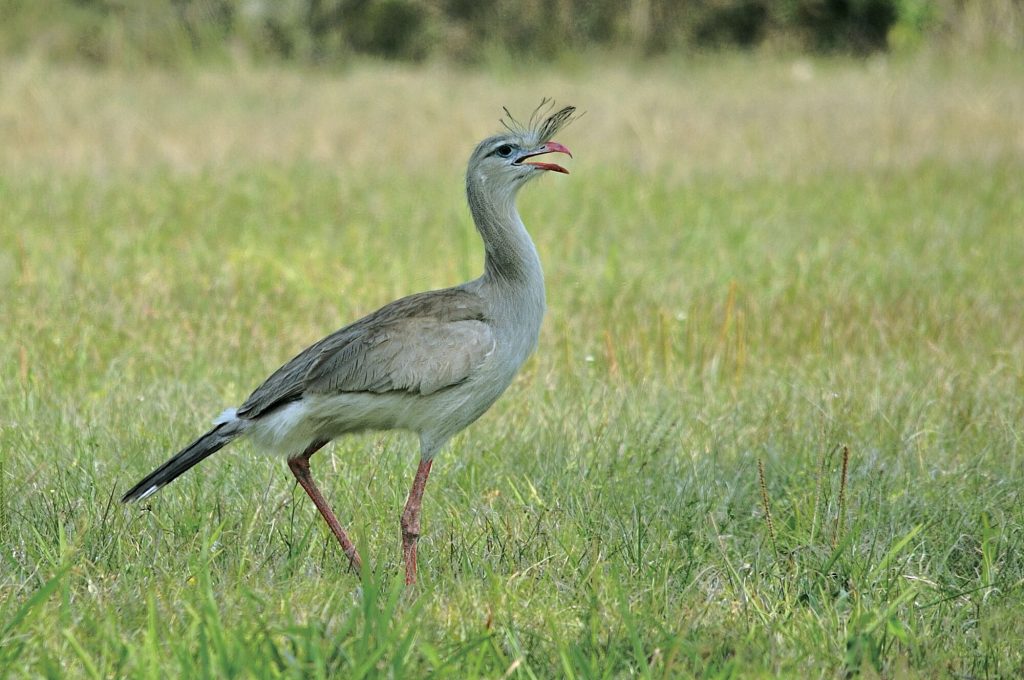
76-90cm
FAMILY: Cariamidae
This ground-dwelling bird inhabits tropical and subtropical grasslands from eastern Brazil through eastern Bolivia, Paraguay, and Uruguay to northern Argentina. Insects, frogs, snakes, and rodents are its main food. In Brazil, it is sometimes considered a game bird and its meat thought to be delicious.
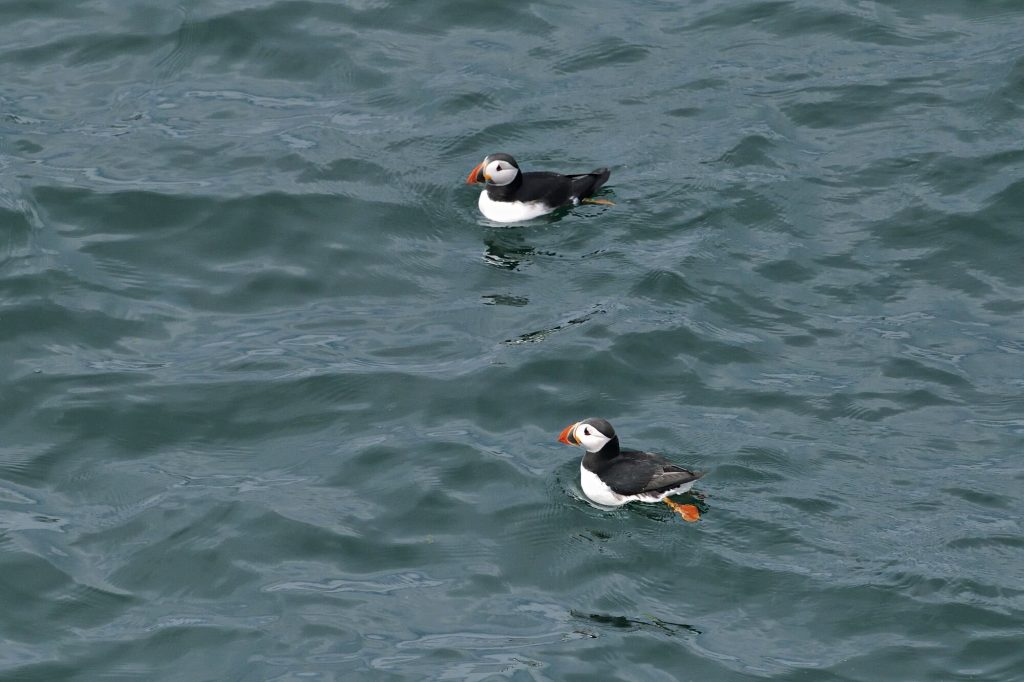
30cm
FAMILY: Alcidae
These seabirds breed on the coast from the Arctic Circle through Norway to northern France, and on the coastal cliffs from Greenland to the north-eastern coast of North America. They spend the winter a little further south in the open ocean and use their short wings skilfully to dive and catch fish.
The last species is Atlantic Puffin; this photo was taken during the breeding season, when these birds have the most flamboyant summer plumage. Outside of this time of year, they spend their time at sea, and their faces and beaks fade to become greyer and duller. Seabirds usually have a basic black, white, and grey plumage, with a whitish breast and abdomen and a black or grey back. The pale front is difficult for prey fish to see against the sky, allowing the seabirds to catch their prey more efficiently without being noticed by the fish. On the other hand, the black or grey backs of birds floating in the ocean are assimilated into the light and dark patterns created by the waves and rays of light. They are less visible from all directions, up, down, and sideways, so their plumage is protective from predator
Speaking of seabirds, I would like to write about an image I saw almost 20 years ago. I am referring to a video recording made by a team of foreign scientists who released an Emperor Penguin equipped with a video camera into the water through a large hole they had made in the sea ice. The purpose of the research was to find out what depths this species (which is the deepest-diving penguin) can reach and how they catch their prey in those pitch-dark conditions.
The result was truly interesting footage that exceeded the expectations of the scientists. Diving down, they swam at the same depth for a while, looking up at the ice covering the surface of the sea. Then, when they saw the black silhouette of fish against the ice on the sea surface, they surged toward it and caught their prey. This is almost the same method used by eagles and hawks, who fly slowly overhead, searching for their prey, and when they see it, they take aim and swoop down to catch it.
To photograph a bird, you must first find it. The courtship season, when the bird is trying to appeal to its partner, is also an “easy to spot” time for the photographer. Once again, the appearance of a bird may be the product of two contradictory factors: the need to stand out and the need to make it harder to be found by natural enemies.